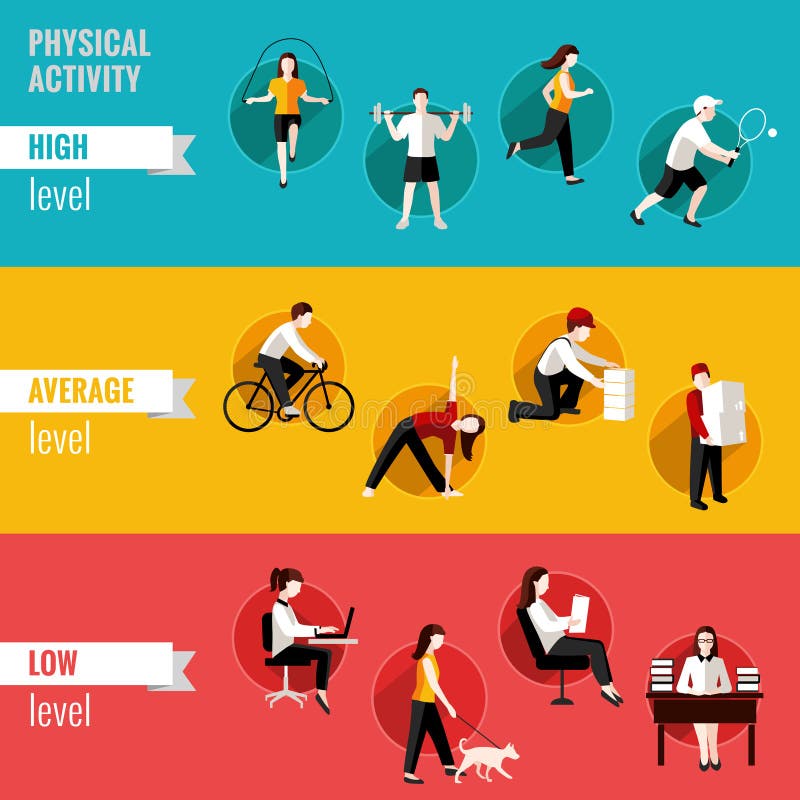
How Much Brisk Walking Counteracts Being Sedentary?
How much brisk walking counteracts being sedentary? This question is increasingly relevant as we grapple with the health implications of our modern, increasingly sedentary lifestyles. While we know that prolonged sitting is linked to a host of health problems, many of us struggle to incorporate enough physical activity into our daily routines.
Brisk walking, a readily accessible and effective form of exercise, offers a powerful solution to this challenge. In this blog post, we’ll explore the science behind how much brisk walking is needed to offset the negative effects of sedentary behavior and create a healthier, more active lifestyle.
We’ll delve into the detrimental effects of prolonged sitting, highlighting the impact on our metabolism, cardiovascular health, and overall well-being. We’ll then examine the remarkable benefits of brisk walking, including its ability to improve cardiovascular health, strengthen muscles, and burn calories.
Armed with this knowledge, we’ll explore the relationship between sedentary time and the amount of brisk walking needed to counteract it. We’ll also provide practical tips on incorporating brisk walking into your routine, address potential risks and limitations, and discuss alternative physical activities that can contribute to a healthier lifestyle.
Counteracting Sedentary Time with Brisk Walking

Sedentary behavior, such as sitting for prolonged periods, has been linked to a range of health problems. However, even moderate-intensity activities like brisk walking can help counteract these negative effects. Here’s a deeper look at how brisk walking can help offset sedentary time and improve overall health.
Even a little bit of brisk walking can go a long way in counteracting the negative effects of a sedentary lifestyle. But if you’re looking to really take your fitness to the next level and sculpt those abs, I highly recommend checking out the 21 day strong abs program.
It’s a great way to build core strength and definition, and you’ll definitely see results in just 21 days. And remember, even with a structured program, don’t forget the power of brisk walking to keep your body moving and feeling its best!
Amount of Brisk Walking Needed to Offset Sedentary Time
The amount of brisk walking needed to counteract sedentary time depends on the duration of sedentary behavior. Research suggests that for every hour spent sitting, 15-30 minutes of brisk walking can help offset the negative health effects. For example, if you sit for 6 hours a day, you should aim for at least 90-180 minutes of brisk walking each week.
We all know that sitting for long periods isn’t great for our health, but did you know that even just 30 minutes of brisk walking a day can counteract a lot of the negative effects? If you’re looking for a way to show your appreciation for a food-loving mom, why not give her the gift of healthy living?
Check out these gift ideas for food-loving moms that encourage her to stay active and enjoy delicious, nutritious meals. It’s a win-win for everyone, and a great way to help her feel her best!
Designing a Weekly Schedule
Incorporating brisk walking into your daily routine is crucial for countering sedentary behavior. Here’s a sample weekly schedule that can help you get started:
- Monday:30 minutes of brisk walking during your lunch break.
- Tuesday:20 minutes of brisk walking after dinner.
- Wednesday:30 minutes of brisk walking during your commute.
- Thursday:20 minutes of brisk walking before breakfast.
- Friday:30 minutes of brisk walking with a friend or family member.
- Saturday:60 minutes of brisk walking during a nature hike.
- Sunday:Rest day.
Relationship Between Sedentary Time and Required Brisk Walking, How much brisk walking counteracts being sedentary
The following table illustrates the relationship between sedentary time and the required amount of brisk walking to offset its negative effects:
| Sedentary Time (Hours) | Recommended Brisk Walking (Minutes per Week) |
|---|---|
| 2 | 30-60 |
| 4 | 60-120 |
| 6 | 90-180 |
| 8 | 120-240 |
Remember:The recommended amount of brisk walking is a general guideline. You should consult with your doctor to determine the best exercise plan for your individual needs and health conditions.
Alternative Physical Activities
Brisk walking is an excellent way to counteract sedentary behavior, but it’s not the only option. Many other moderate-intensity physical activities can offer similar benefits.Exploring these alternatives can help you stay motivated and prevent boredom, ensuring you stick to your fitness goals.
Benefits of Different Activities
Each activity offers unique advantages. Here’s a comparison of brisk walking, cycling, swimming, and dancing:
- Brisk walkingis accessible, requires no special equipment, and can be done almost anywhere. It’s a great option for beginners and those with joint issues.
- Cyclingis a more vigorous activity, burning more calories and improving cardiovascular health. It’s also a good option for commuting or exploring your surroundings.
- Swimmingis a low-impact activity that’s easy on joints. It provides a full-body workout and is particularly beneficial for people with arthritis or other musculoskeletal conditions.
- Dancingis a fun and social way to get active. It improves coordination, balance, and mood. It’s also a great way to express yourself creatively.
Incorporating Activities into Daily Routine
Here are some tips for integrating these activities into your daily routine:
- Set realistic goals: Start with short sessions and gradually increase the duration and intensity as you get fitter. Aim for at least 150 minutes of moderate-intensity activity per week, spread across several days.
- Find activities you enjoy: Choose activities that you find enjoyable and motivating. This will make it easier to stick with them long-term.
- Make it a habit: Schedule time for physical activity in your calendar, just like any other important appointment. This will help you prioritize it and make it a regular part of your routine.
- Incorporate activity into your daily life: Take the stairs instead of the elevator, walk or cycle to work or errands, and stand up and move around every hour.
- Get creative: Experiment with different activities to find what works best for you. Try joining a dance class, going for a hike, or taking a swimming lesson.
Last Recap: How Much Brisk Walking Counteracts Being Sedentary
By understanding the science behind how much brisk walking counteracts being sedentary, we can make informed decisions about our physical activity levels. Remember, even small amounts of brisk walking can make a significant difference in your health and well-being.
Whether you choose to walk during your lunch break, take a walk after dinner, or incorporate walking into your commute, every step you take contributes to a healthier and more active lifestyle. Let’s move our bodies, feel the benefits, and enjoy the journey to a healthier you!
You might be surprised to learn that just 30 minutes of brisk walking a day can significantly counteract the negative effects of a sedentary lifestyle. And if you’re looking for ways to manage your food intake during the holiday season, check out these tips for explaining food tracking in MyFitnessPal to friends and family.
Remember, it’s all about finding a balance that works for you, and a little bit of movement goes a long way!






